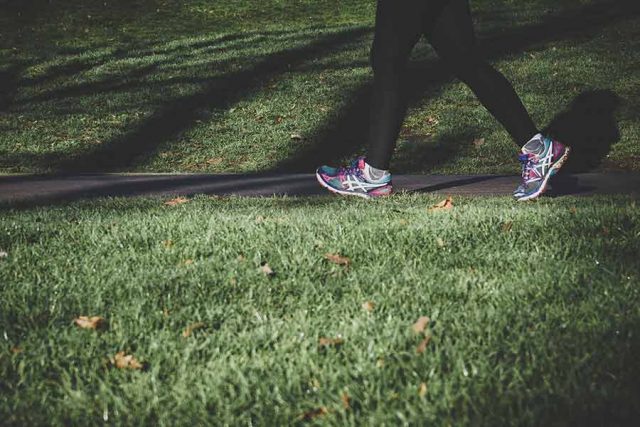Medically Reviewed by Jacque Parker, RN

When I was first diagnosed with Fibromyalgia in 1991, I was told that the treatment was antidepressants and mild aerobic exercise. After five years of living in denial, trying to burn the candle at both ends, I was told by my specialist that I had to slow down or I was going to become worse. As I look at all the information online about Fibromyalgia now, I’ve come to the conclusion that there are as many different treatments for Fibromyalgia as there are people.
There is no cure, but there is one thing that each one of us can do in order to help our symptoms of pain and fatigue, and that is to exercise. That is, if we don’t have any other conditions which prevent us from following an exercise program. Consulting with our physicians about beginning any exercise program is very important, and beginning slowly and pacing ourselves is the basic requirement.
All of the researchers and physicians who are actively working towards a cause of Fibromyalgia and treating patients with compassion and understanding recommend some type of exercise. The choice of exercise that we do depends upon what we enjoy doing, what we’ve done in the past, and how we go about doing it. For example, spending thousands of dollars for a treadmill and having it sit collecting dust isn’t going to help us if we don’t use it. Also, beginning a swimming program that costs money and requires us to drive and arrive at a pool at a certain time isn’t going to help us if we don’t enjoy getting wet, driving several days a week, and then taking the extra time to shower and dress again.
Springtime is upon us, and it means longer days, more sunshine, and an opportunity to get outside and walk. Walking is one of the easiest activities that each one of us can do, and it’s only cost is the price of a good pair of shoes. I recently purchased a Prevention Magazine, and found a very simple walking program for getting started.
During the first week, the duration of the walk is only 10 minutes, it is done three times in that week, the intensity is moderate, which means enough to get your heart pumping but not enough to leave you out of breath, and the speed is whatever is comfortable. The second week is walking four times during the week for 15 minutes each time, and the only change is to walk as if you are in a hurry. The third week is walking five times for 20 minutes at the same speed as the second week, and the fourth week is walking five times for 30 minutes.
Stepping outside and walking five days each week for only 30 minutes doesn’t seem like much exercise, but it certainly forms a pattern that may help us to either increase our activity, or at least give us some exercise each week. Keeping it up is the difficult part, so it helps to schedule a particular time each day in which to walk, walk with a friend or enjoy your solitude, look around at the beauty of new growth, smell the flowers in bloom, watch birds and animals, and breathe in the fresh air. It is important to make it a regular part of your day, just as you would bathe or pick up your email. Marking a calendar with the days that you are going to walk and then crossing the activity off as you finish your walk is a great motivator.
Once the pattern of walking becomes a part of your daily routine, you can either increase the duration or the intensity of the walks, or just keep it at your own comfort level. The important thing is to remember to just do it on a regular basis and not make it a stepping stone to run a marathon. Even if you can only walk for 30 minutes five times each week, it is better to do this on a regular basis than to expect yourself to be jogging, running, lifting weights, or spending an hour each day wearing yourself out trying to do what you were able to do prior to developing fibromyalgia.
Walking not only helps to keep our muscles in condition, but it also will benefit our stress levels, give us some time to get outside and enjoy nature or even just smile at our neighbors. We may be surprised at our increase in energy levels, our sleep may improve, and even our daily activities may become easier over time.
So, check with your physician about beginning a walking program, and see if it helps to decrease your pain and fatigue levels. Once walking becomes a part of your daily routine, the dusty treadmill might be used during the winter months, or you might decide to begin another type of exercise program when the weather changes and tends to keep you inside. Even if the weather is poor, it is possible to walk for 30 minutes around your home. It may not be as interesting, but once the routine becomes a daily pattern, it is possible to turn on some music, set a timer, and just walk around your home.
Walking will not cure Fibromyalgia, but it may be the beginning of feeling that you have some control over your pain and fatigue, and also help with strengthening your muscles, plus giving you a great sense of accomplishment.
So, before you sit down to cruise the Internet, put on a good pair of walking shoes, step outdoors, and see if you feel better about yourself and life in general.
Did you find this article helpful? Join us at HealingWell for support and information about Fibromyalgia. Connect and share with others like you.
Cynthia Webber was a contributing editor to Suite101.com’s Coping with Fibromyalgia site.




